 Walking through a home you might notice a non descriptive box in every room, some may have numbers on a dial 50, 60, 70, and wonder what it is.
Walking through a home you might notice a non descriptive box in every room, some may have numbers on a dial 50, 60, 70, and wonder what it is.
What you are looking at is a thermostat for a radiant heat ceiling an alternative to a furnace or boiler.
The house is not heated by air coming out of a vent but “wired heating panels” embedded in the ceiling. When the thermostat calls for heat the wires heat up much like a toaster or hair dryer element and warms the ceiling, which after about ten minutes radiates the heat down into the room.
The colored photo taken with an infrared camera shows the lines of the heating wires (in red) as they heat up, the blue is the gap between each embedded heating panel.
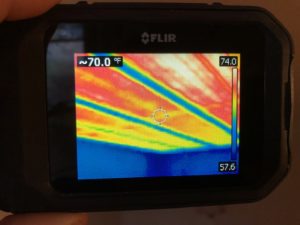 These infrared ceilings were very popular in the “all electric” homes of the 60’s and 70’s when electricity was pushed as cheap clean energy and it was a heating system that required no servicing or maintenance.
These infrared ceilings were very popular in the “all electric” homes of the 60’s and 70’s when electricity was pushed as cheap clean energy and it was a heating system that required no servicing or maintenance.
The down side is that you want to attach something to the ceiling, the ‘heating wires” are not visible and the wires are easily damaged by screws or nails used.
Panels that are damaged or non functional are generally repairable (from the attic side) by a good electrician who is familiar with radiant heat ceilings.
Do not attach anything to the ceiling without checking
using an infrared camera, that the area is heating element free.
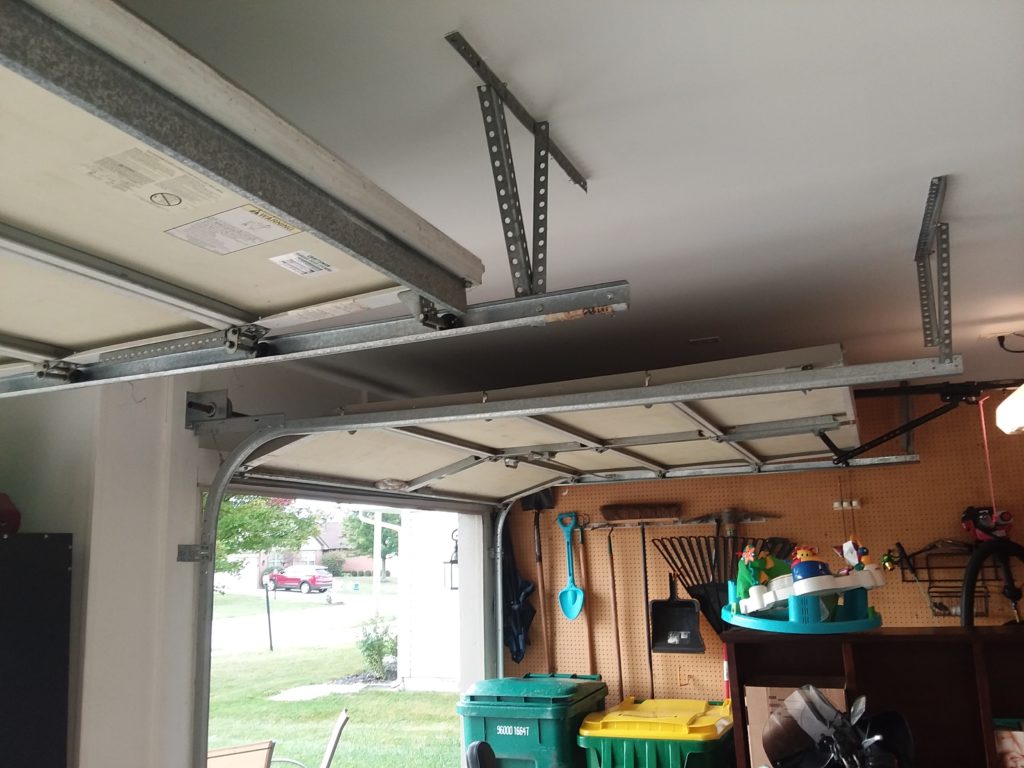
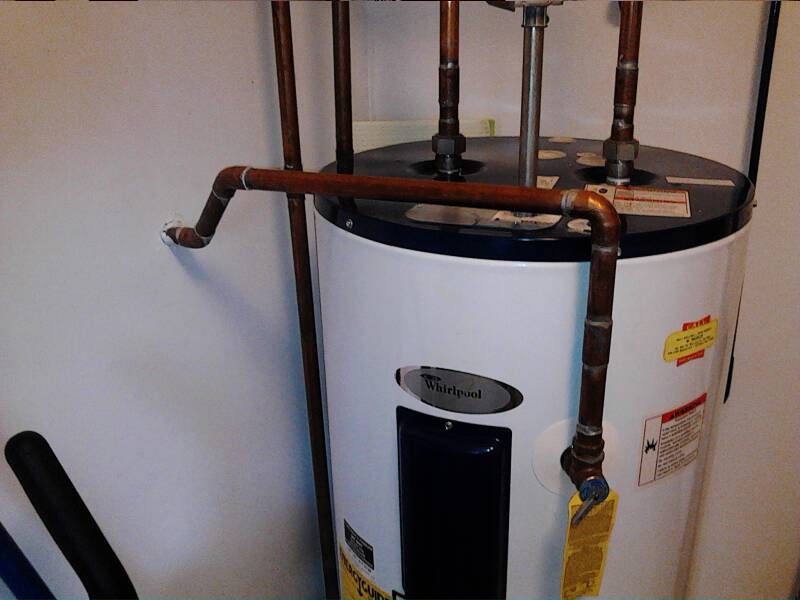
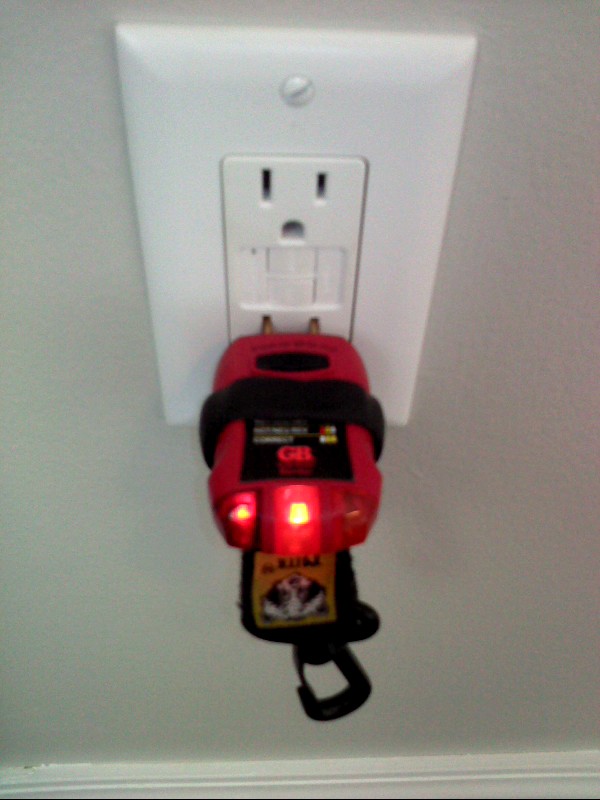
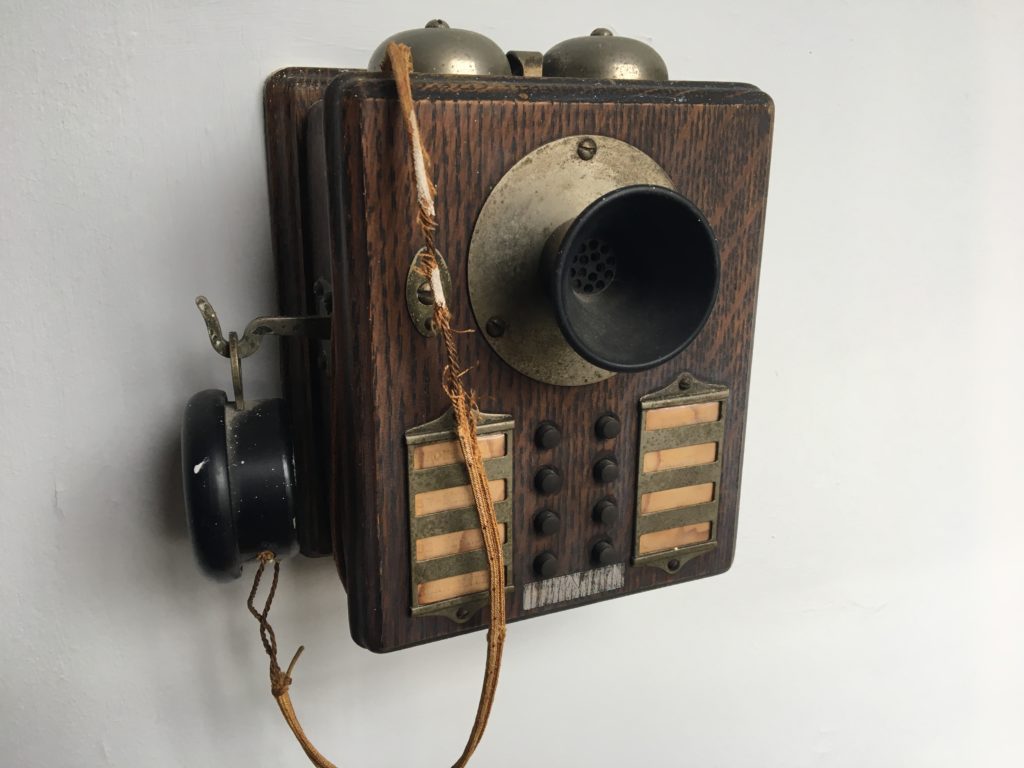


Thank you for this article. I saved your number. All the construction crews I have acquired do not seem to understand what they mightfnd when they remove y ceiling. Are the coils laying across the to of the ceiling or actually stuck to the ceiling panel. The word embedded is confusing me a bit. Thank you
Nancy
Most of these ceilings are older types, the heating elements are wires that are part of the ceiling drywall. They snake through the panels about 18″ apart. If one panel fails to work a good electrician can bypass that panel allowing the rest of the elements to heat. If you need to work on the ceiling an infrared camera will show you where all the elements are or an infrared thermometer can be used.
newer systems may be heating strips above the drywall.
Hope this helps
David
Thank you is the heat system still safe to use if it works. Nancy cleveland
Nancy
yes it should be fine to use, there are lots of these ceilings in homes all across the country, there were whole sub divisions built with electric radiant ceilings when electricity was cheap. The heat elements are easily damaged if holes are drilled in the ceiling to hang flower pots etc. A lot of homes with these ceilings were medallion homes and had a small plaque by the front door to say they were a proud all electric home.
David
Are there replacements for these thermostats available? Our home was built in 1977. The whole hours has this heat. Appreciate any information your can give me. Thank you
Any standard manual thermostat should work for for your panels